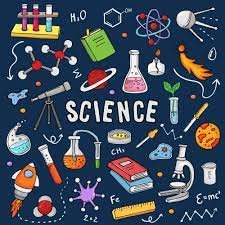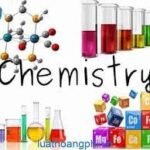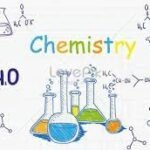Oxidation and Reduction: Exploring the Dynamic Interplay in Chemistry
Welcome to our website, where we dive into the captivating world of oxidation and reduction in chemistry. Oxidation and reduction, collectively known as redox reactions, are fundamental processes that involve the transfer of electrons between chemical species. Join us as we unravel the mechanisms, principles, and applications of these dynamic reactions.

- Oxidation and Reduction: Oxidation is defined as the loss of electrons from a species, resulting in an increase in its oxidation state, while reduction involves the gain of electrons, leading to a decrease in oxidation state. These processes are interlinked, as one substance’s oxidation is always accompanied by another substance’s reduction.
- Redox Reactions: Redox reactions encompass a wide range of chemical transformations, from simple electron transfers to more complex reactions involving multiple steps. They are essential in various fields, including energy production, corrosion, biological processes, and chemical synthesis.
- Oxidizing Agents: Oxidizing agents are substances that facilitate the oxidation of other species by accepting electrons. They are typically electron acceptors and are themselves reduced during the reaction. Common oxidizing agents include oxygen, halogens, and certain transition metal compounds.
- Reducing Agents: Reducing agents, on the other hand, are substances that promote the reduction of other species by donating electrons. They act as electron donors and are themselves oxidized during the process. Examples of reducing agents include metals like sodium and magnesium, as well as hydrogen gas.
- Redox Indicators: Redox reactions can be monitored using redox indicators, which are substances that change color in response to changes in oxidation state. These indicators help visualize the progress of a redox reaction and determine its endpoint.
- Balancing Redox Reactions: Balancing redox reactions involves ensuring that the total number of electrons lost in oxidation matches the total number of electrons gained in reduction. Various methods, such as the half-reaction method and the oxidation number method, can be used to balance redox equations.
- Applications of Redox Reactions: Redox reactions have significant implications across numerous scientific and industrial fields. They are integral to energy generation in batteries and fuel cells, water treatment processes, electroplating, organic synthesis, and even biological processes like cellular respiration and photosynthesis.
At our website, we explore the dynamic interplay of oxidation and reduction, unraveling the mechanisms and applications of redox reactions. Join us as we delve into the principles, methods, and significance of these processes, appreciating their role in chemical transformations and their impact on various scientific and industrial endeavors. Welcome to a place where oxidation and reduction unlock new frontiers in chemistry and inspire innovations for a brighter future.

